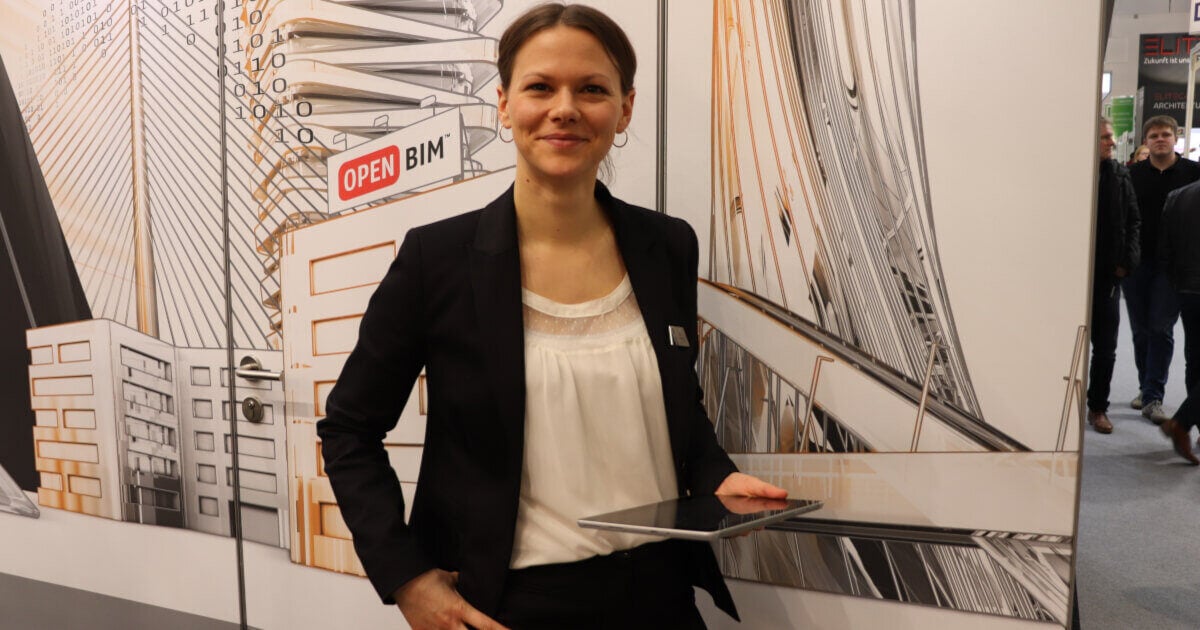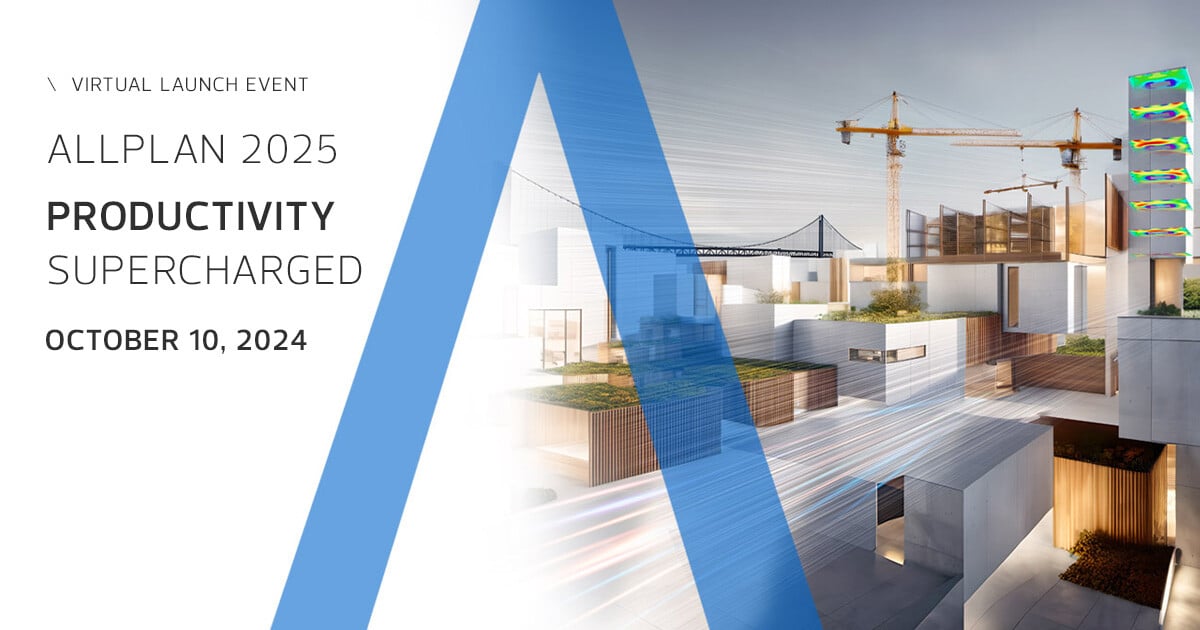After almost a century in the service of rail traffic, the retaining wall in Turnerstraße in Osnabrück needs to be replaced. KREBS+KIEFER have been entrusted with the planning.
After well over 90 years, the 273-meter-long retaining wall in Turnerstraße in Osnabrück is nearing the end of its service life. As part of the double-track Löhne-Rhine line, the "structure of the century", built in 1928, still has to carry a lot of loads today: from inter-city connections to regional public transport and trans-European rail freight traffic (North Sea-Baltic), everything that runs on tracks travels here. Due to its poor structural condition, preparations for the renewal of the gravity retaining wall have been underway since 2021. KREBS+KIEFER are responsible for the BIM implementation, as well as the project and structural planning.
As-built model and BIM model for the new replacement building
A total of seven BIM use cases are to be implemented by the engineering office in the project. The first of these involves modeling the existing structure. This was based on an existing as-built model from the surveying office responsible, but only the front of the wall had been accurately recorded. KREBS+KIEFER therefore carried out additional remodeling in Allplan, based on exploratory drillings, structural analyses, and empirical values. The BIM model for the new replacement building was also created in Allplan. The draughtswomen used architectural components and additional modeling as free 3D objects. The currently non-existent IFC element types for geotechnics were replaced by structural engineering elements, such as IfcWall, IfcFooting, etc.
 © KREBS+KIEFER; Perspective of a planning variant: Flat-founded facing formwork with rear suspension using single-rod anchors.
© KREBS+KIEFER; Perspective of a planning variant: Flat-founded facing formwork with rear suspension using single-rod anchors.
Efficiency gains through parametric add-ons
When modeling the anchors, the engineering office benefited from the parametric add-ons Ground Anchor and 3D Grid, which greatly reduced redundant work. This resulted in a considerable increase in efficiency, particularly when developing different variants for the variant comparison, as anchoring elements such as anchors and nails could be edited and modeled much more quickly. A total of three variants were developed for the new replacement structure: a segmented bored pile wall as a facing shell, a facing shell with rear anchorage, and a secant bored pile wall in the position of the original retaining wall.
 © KREBS+KIEFER
© KREBS+KIEFER
Variant comparison, 2D plans, and visualization
The specialist models of the variants were loaded into coordination software via an IFC interface and integrated into a BIM coordination model. This enabled KREBS+KIEFER to discuss the advantages and disadvantages of each variant with the client (DB InfraGO AG). The required 2D plans were also derived from the Allplan specialist model as sectional derivations.
The powerful Twinmotion visualization software was used to visualize the new retaining wall. Since version 2023-1, the program has been integrated into Allplan via a direct link. Among other things, this enables practical real-time synchronization between the Allplan model and Twinmotion visualization.
 © KREBS+KIEFER; The project is currently in work phases 3 and 4. When construction work begins in the next few years, the retaining wall will be almost a hundred years old.
© KREBS+KIEFER; The project is currently in work phases 3 and 4. When construction work begins in the next few years, the retaining wall will be almost a hundred years old.





